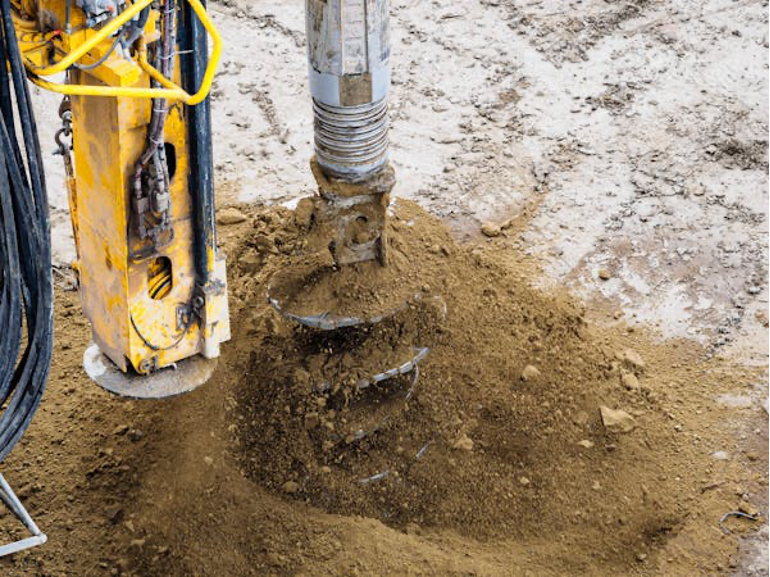Table of Contents
- Introduction
- Importance of Drilling Rig Inspection
- Overview of API Standards
- 3.1 API CAT II
- 3.2 API CAT IV
- Key Differences Between API CAT II and CAT IV
- Benefits of Regular Inspections
- Key Facts and Figures
- Comparison Table
- FAQs
- Conclusion
- Introduction
In the dynamic oil and gas sector, ensuring the safety and reliability of drilling rigs is paramount. Drilling rig inspections under API CAT II and CAT IV standards provide a systematic approach to evaluating equipment conditions and operational practices. Understanding these standards helps companies maintain compliance, enhance safety, and optimize performance.
- Importance of Drilling Rig Inspection
Regular drilling rig inspections are essential for various reasons:
- Safety Assurance: Identifying and addressing potential hazards prevents accidents and injuries.
- Regulatory Compliance: Meeting industry standards is crucial for legal and operational viability.
- Operational Efficiency: Regular inspections lead to timely maintenance, minimizing downtime and extending the lifespan of equipment.
- Overview of API Standards
The American Petroleum Institute (API) has established specific inspection standards for drilling rigs to ensure their integrity and safety. These include:
3.1 API CAT II
API CAT II inspections are typically less intensive and focus on the basic operational aspects of the rig. They include visual inspections, functional tests, and assessments of essential equipment, ensuring that the rig meets the minimum operational safety requirements.
3.2 API CAT IV
API CAT IV inspections are more comprehensive, involving detailed evaluations of critical systems and components. These inspections assess structural integrity, performance metrics, and compliance with safety regulations, making them essential for rigs in more demanding operational environments.
- Key Differences Between API CAT II and CAT IV
While both API CAT II and CAT IV inspections serve the purpose of ensuring safety, they differ significantly in scope and depth:
| Feature | API CAT II | API CAT IV |
| Inspection Depth | Basic visual and functional checks | Detailed and comprehensive assessments |
| Frequency | Less frequent (annual) | More frequent (semi-annual or quarterly) |
| Focus Areas | Operational safety and compliance | Structural integrity and performance |
| Documentation Requirements | Simplified reporting | Extensive documentation and reporting |
- Benefits of Regular Inspections
Conducting regular drilling rig inspections brings numerous benefits, including:
- Enhanced Safety: Proactive identification of hazards reduces the likelihood of accidents.
- Cost Savings: Early detection of issues prevents costly repairs and downtime.
- Increased Reliability: Well-maintained rigs operate more efficiently, improving overall productivity.
- Key Facts and Figures
- Incident Rates: The oil and gas industry has seen a significant reduction in incident rates (up to 30%) with regular inspections.
- Compliance Benefits: Companies adhering to API standards often experience fewer regulatory penalties and operational disruptions.
- Cost Efficiency: Investing in regular inspections can lead to a return on investment (ROI) of up to 500% through reduced downtime and improved safety.
- Comparison Table
| Aspect | API CAT II | API CAT IV |
| Cost of Inspection | Lower due to less intensive checks | Higher due to comprehensive assessment |
| Time Required | Shorter inspection duration | Longer inspection duration |
| Risk Mitigation | Basic hazard identification | Extensive hazard analysis |
| Required Expertise | General inspection personnel | Specialized inspectors |
- FAQs
Q1: What is the purpose of API CAT II and CAT IV inspections?
A1: The purpose of these inspections is to ensure the safety, reliability, and compliance of drilling rigs within the oil and gas industry.
Q2: How often should API CAT II and CAT IV inspections be conducted?
A2: API CAT II inspections are typically conducted annually, while CAT IV inspections are recommended every six months to a year, depending on operational demands.
Q3: What happens if a drilling rig fails an inspection?
A3: If a rig fails an inspection, it must undergo necessary repairs and a follow-up inspection to ensure compliance before it can resume operations.
- Summary
Drilling rig inspections under API CAT II and CAT IV standards are vital for ensuring safety, compliance, and operational efficiency in the oil and gas industry. By understanding the differences between these standards and implementing regular inspections, companies can effectively mitigate risks and enhance the performance of their drilling operations. Prioritizing inspections not only safeguards workers but also supports the longevity and reliability of drilling rigs.


